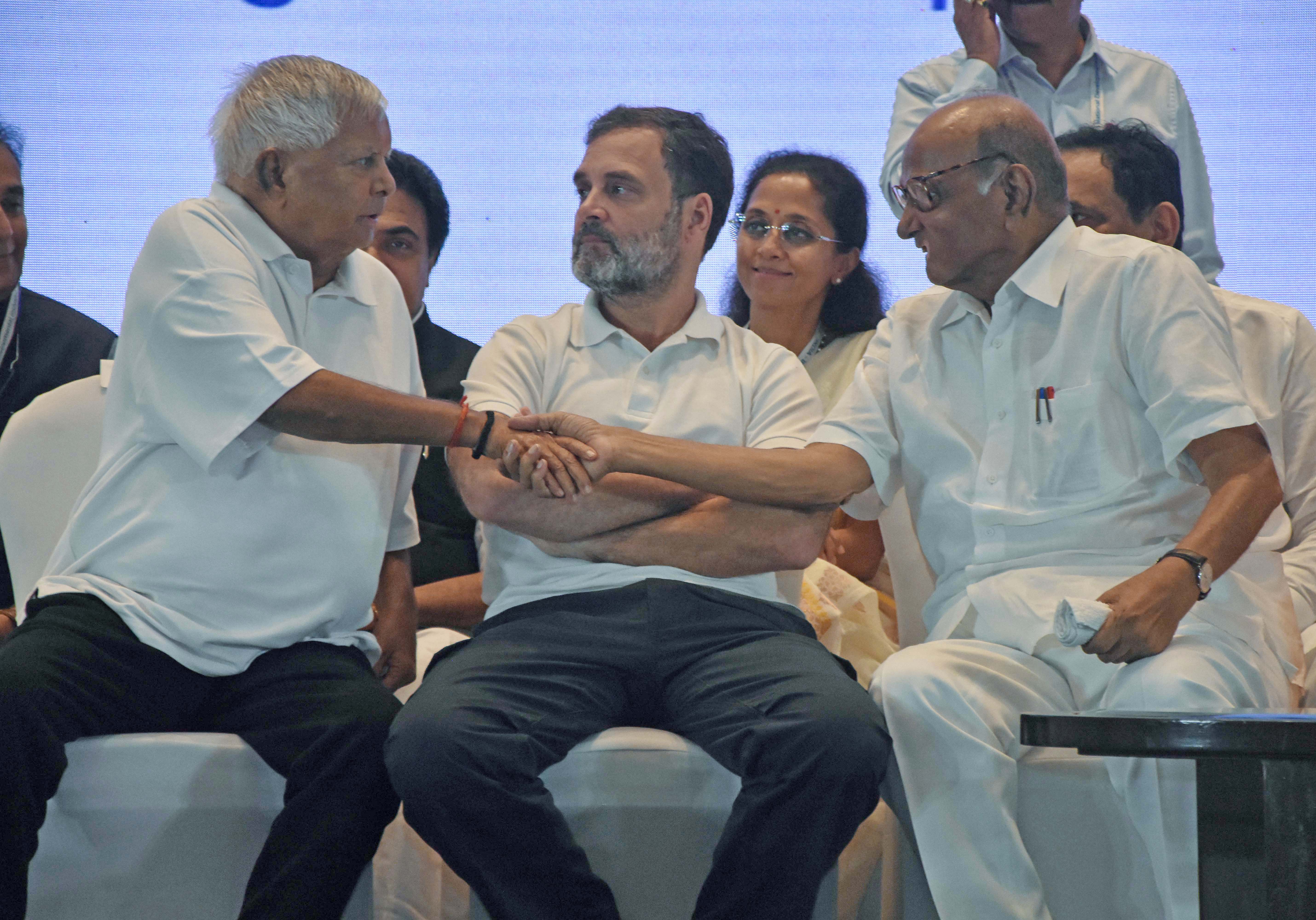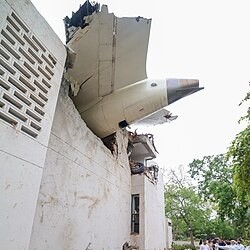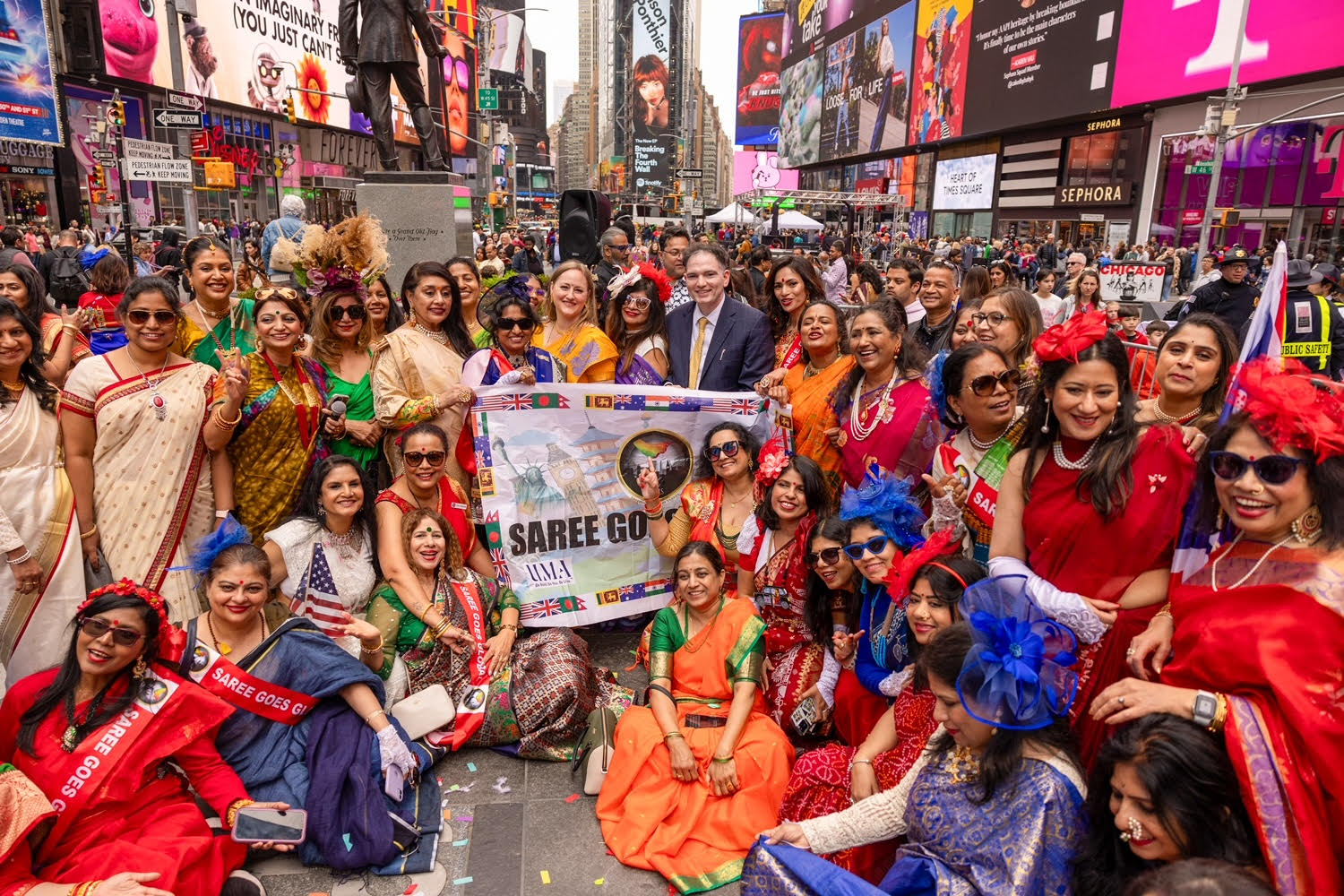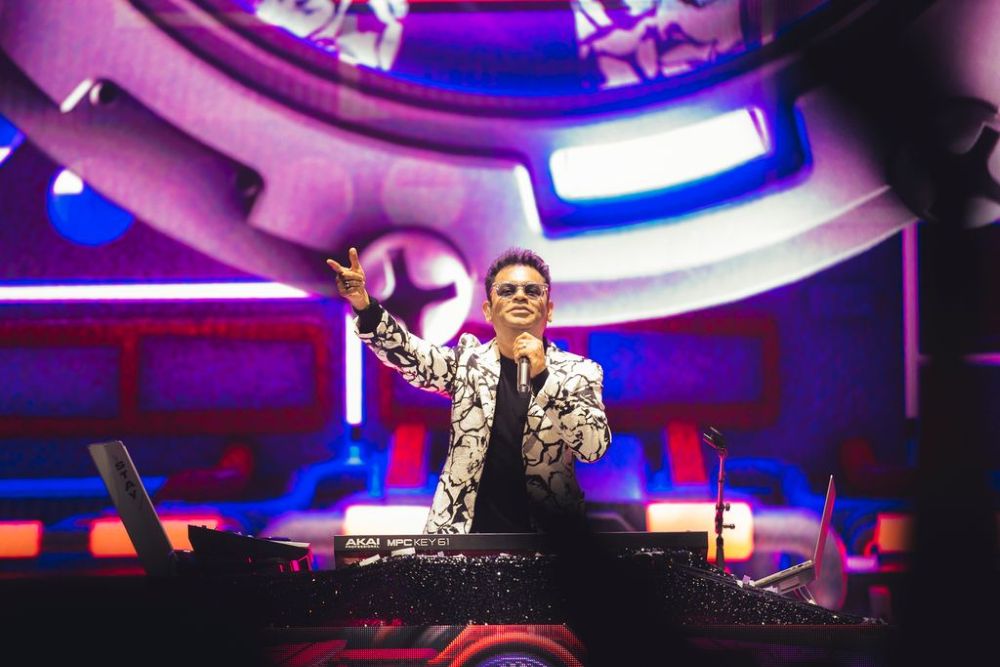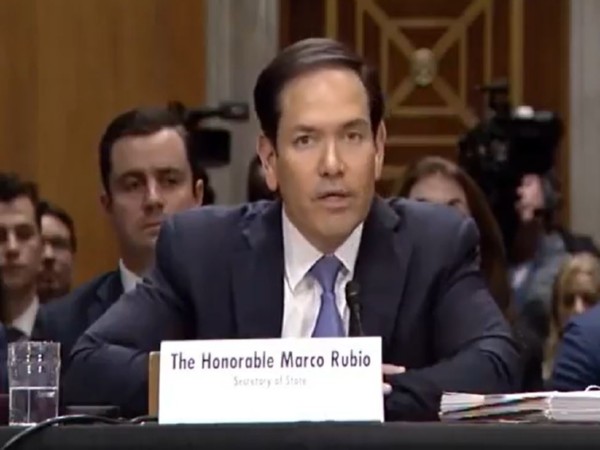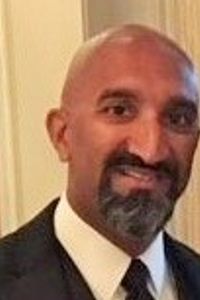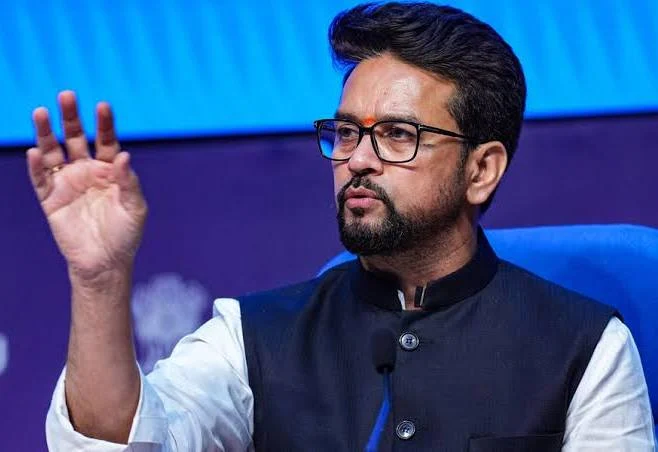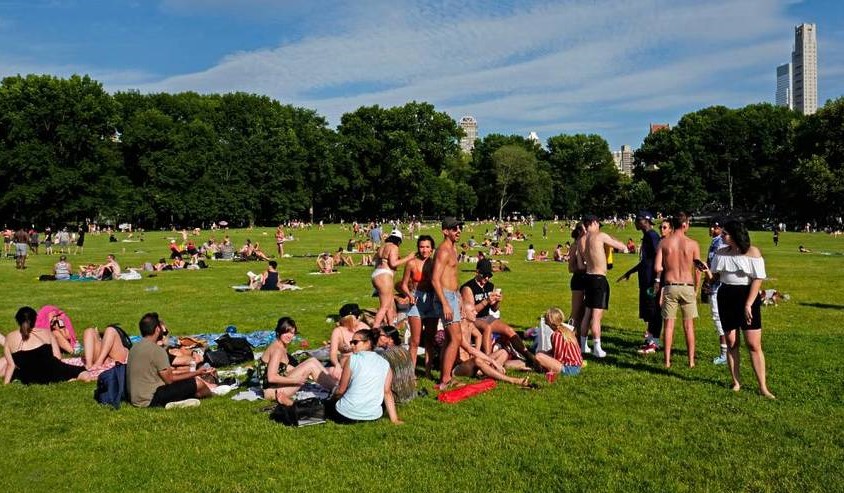The BJP, in its campaign, will highlight the Ram Temple that will be inaugurated in Ayodhya on January 22, 2024, just a few months ahead of the national elections
Our Bureau
New Delhi
The year 2023 turned out to be a successful year for BJP as it registered comprehensive victories in the Hindi heartland and set the stage for the 2024 Lok Sabha elections. The party which was unable to repeat its government in Karnataka, was able to wrest power from Congress in Rajasthan and Chhattisgarh and comprehensively retain power in Madhya Pradesh.
BJP deployed its ‘Modi ki Guarantee’ tactic which ensured a sweep in Hindi Heartland states. Coming to Chhattisgarh, BJP introduced 47 new faces in the 90-seat Assembly. BJP tripled its 2018 tally and was able to secure 54 seats while Congress came a distant second and halved its previous election tally with 35 seats.
The vote share of BJP was 46.27 per cent whereas Congress had 42.23 per cent.
BJP also said that Congress failed to deliver various poll promises it made in 2018, such as banning liquor in the state and other promises made to the women section of society. BJP directed this ploy on women stating that Congress hardly respects any women across the nation.
Another Hindi Heartland state, Madhya Pradesh went to polls where BJP ensured a massive victory by registering victory on 163 seats. Congress was only able to secure 66 seats in the polls. BJP secured 48.55 per cent while Congress was far at 40.40 per cent.
Ladli Behna scheme, launched by former Chief Minister Shivraj Singh Chouhan resonated with women voters. The scheme was launched in month of March earlier this year. The scheme was introduced in addition to the Mukhyamantri Kanya VIvah and Nikah, Mukhyamantri Kanya Abhibhavak pension.
Earlier in the year, Congress’ victory in Himachal Pradesh helped give much-needed confidence to take on the Bhartiya Janata Party. In the second month of this year, the Congress lost three north-eastern states- Tripura, Meghalaya and Nagaland. The grand old party, however, regained turf with its phenomenal win in Karnataka in May this year by toppling the BJP government from its only bastion in South India.
The party, which saw a major internal tussle over leadership in Rajasthan, came tumbling down as it lost the three crucial Hindi heartland states–Madhya Pradesh, Chhattisgarh, and Rajasthan–to its prime contender, the BJP.
With the Lok Sabha polls barely a few months from now, the Congress needs to count its pieces, identify and fix what went wrong, and take on the Modi juggernaut with new-found energy.
Congress’ defeat in the three north-eastern states came into the limelight with its historic win in Karnataka in May after the party bagged 135 out of 224 seats in the state legislative assembly with a 43.2 per cent vote share as compared to 80 seats and 39 per cent vote share in 2018.
Such a landslide victory came to the party only after 1999, when the Congress won 132 seats under SM Krishna’s leadership with a vote percentage of 40.84.
The Karnataka win gave new hopes to the opposition brigade, as the Congress was seen to be finally regaining its footprint after a series of electoral defeats in 2022, the only exception being Himachal Pradesh.
Challenges for INDIA bloc in 2024
As the 2024 Lok Sabha elections draw near, India’s political landscape is undergoing a significant reshuffling. The emerging INDIA (Indian National Developmental Inclusive Alliance) consortium is gearing up to challenge the established National Democratic Alliance, setting the stage for an electoral showdown.
The political landscape of India is experiencing a profound transformation in anticipation of the 2024 elections. The rise of the INDIA alliance, a revamped version of the existing UPA, poses a formidable challenge to the enduring supremacy of the NDA. This transformation, characterised by shifting alliances, alterations in vote percentages, and fluctuations in seat allocations, highlights the dynamic and unpredictable nature of India’s electoral scenario.
Till now, the INDIA bloc have held four meeting. The first meeting of the joint opposition convened in Patna on June 23 and the second meeting was held in Bengaluru on July 17-18. The third meeting happened in Mumbai on August 31-September 1 and the fourth meeting was held on December 19 in the national capital.
INDIA (Indian National Developmental Inclusive Alliance) parties are seeking to put a united challenge against the BJP-led NDA in the 2024 Lok Sabha polls.
The 28 parties participated in the fourth meeting and kept their thoughts before the committee of the alliance.
But the INDIA bloc might face the challenge of finalising a seat-sharing arrangement and agreement on a PM face. The centrality of the Congress to the bloc was inadvertently endorsed by Mamata Banerjee and Arvind Kejriwal, when they proposed Congress president Mallikarjun Kharge as the PM face of the INDIA bloc but Kharge said that the question of PM face could be decided after the Lok Sabha polls.
As the 2024 Lok Sabha elections loom just four months away, the allocation of seats becomes pivotal for the and INDIA bloc, especially after recent electoral setbacks.
This discontent among INDIA bloc leaders is not unprecedented, as evident from previous meetings.
During the Assembly elections statements made by SP chief Akhilesh Yadav and Congress state president Ajay Rai had created the rift between the parties. Later, the Congress high command had intervened and talked to the SP chief to solve the issue.
Samajwadi Party chief Akhilesh Yadav attacked its INDIA block ally Congress on caste census, reminding them that the party did not conduct a caste census when it was in power.
“Congress is the party that did not conduct caste census after independence… When all the parties in the Lok Sabha were demanding a caste census, they did not conduct a caste census,” Akhilesh Yadav told ANI Satna in poll-bound Madhya Pradesh.
Given that concerns such as the caste census failed to strike a chord with voters in recent state elections, leaders of the INDIA bloc may reconsider their strategy and work on formulating a fresh approach.
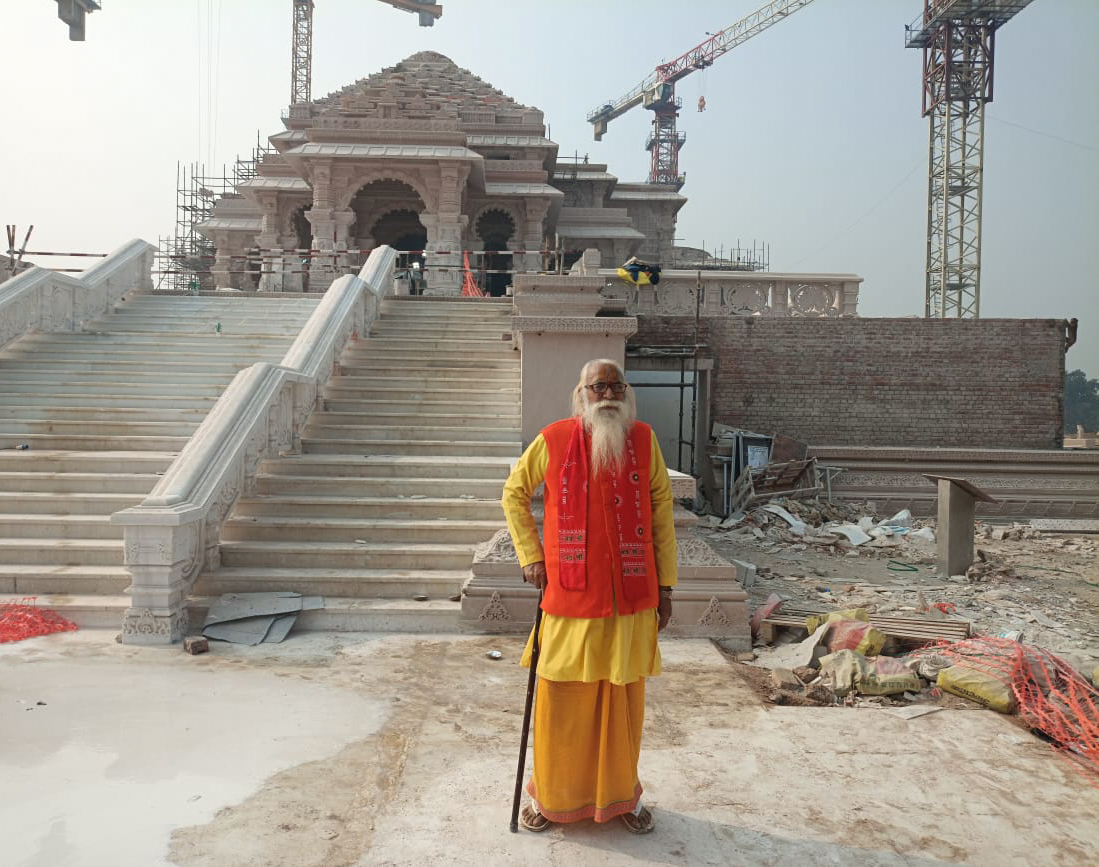
BJP’s plans for 2024 Lok Sabha Polls
As the battle for 2024 begins, the BJP undeniably maintains the upper hand. After securing victories in three crucial Hindi heartland states–Madhya Pradesh, Rajasthan, and Chhattisgarh it being said that that the Bharatiya Janata Party (BJP) has strengthened its position to face the INDIA bloc in the 2024 Lok Sabha elections.
The Congress party was in power in Rajasthan and Chhattisgarh and was a major contender in Madhya Pradesh and Telangana. However, it only secured victory in the southern state, taking power from the dominant Bharat Rashtra Samithi (BRS).
After which, Congress will now be in power in three states–Himachal Pradesh, Karnataka, and Telangana.
The 3-1 scoreline in this round of assembly elections is a comforting signal for the BJP’s poll prospects next year.
The party had crafted its campaign around the PM, his welfare interventions and larger credibility.
During the recently concluded Assembly polls, PM Modi stood as the pivotal figure for the BJP, dispelling any concern about ‘sidelining’ party stalwarts. The PM’s resonance with the electorate, along with the “Modi ki guarantee” slogan, won over Congress’s manifesto.
By messaging and strategy, the BJP effectively communicates the mantra of ‘sabka saath, sabka vishwas, and sabka prayaas’, emphasising Modi’s inclusive governance approach.
The ruling party is going all out to capture the hearts of people for the 2024 Lok Sabha elections. On December 22, the party headquarters hosted a meeting of BJP leaders from across the nation.
The Bharatiya Janata Party has set a target of achieving a 50 per cent vote share. Along with this, the party will start cluster meetings after January 15 and Yuva Morcha will hold 5000 conferences across the country.
According to sources, Union Home Minister Amit Shah has asked all the officials in the meeting to ensure a bumper victory margin in the Lok Sabha elections.
Cluster meetings will be organized by dividing Lok Sabhas across the country into clusters. In these clusters, Prime Minister Narendra Modi, Home Minister Amit Shah, Defence Minister Rajnath Singh, and BJP President JP Nadda will address public meetings.
Yuva Morcha will start new voter conferences on January 24. The BJP Yuva Morcha will organise 5,000 conferences across the country. Along with this, social conferences will also be organised across the country.
The outcomes have strengthened Modi’s role as the triumphant figurehead for the party. Despite Congress’s efforts to buck the anti-incumbency trend, Modi’s guarantees and the BJP’s persistent emphasis on highlighting Congress’s shortcomings thwarted their endeavours.
The safety-first stance of the opposition parties stems from the BJP’s assembly wins, which it plans to build upon with the upcoming inauguration of the Ram Temple in Ayodhya, raising concerns that the insertion of the Jammu and Kashmir issue into the debate will further help the BJP paint the opposition as pandering to the “vote-bank”.
It is expected that the BJP, in its campaign, will highlight the Ram Temple that will be inaugurated in Ayodhya on January 22, 2024, just a few months ahead of the national elections.
Along with this, BJP has decided to run a campaign for Ram Mandir celebrations starting January 1, in which BJP workers will go door to door in all the villages across the country and encourage ten crore families to participate in Diya Lightning programs for Ram Temple in Ayodhya.
The evolving political narrative in India will play a crucial role in influencing the upcoming elections, necessitating careful scrutiny. The 2024 Lok Sabha elections will be held next year that is likely to be between the Modi government’s NDA alliance and the INDIA bloc.
















